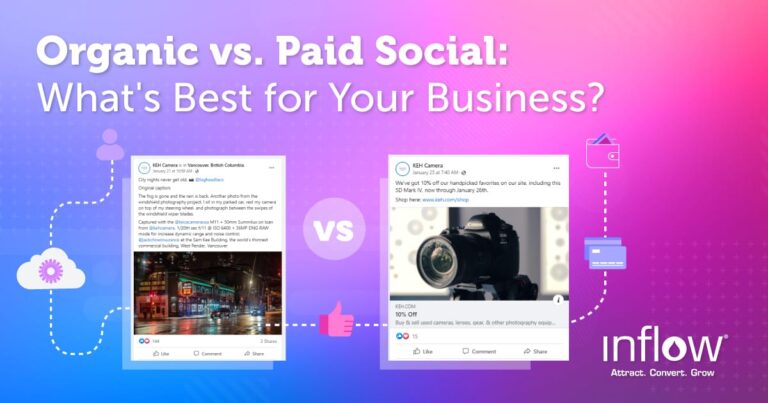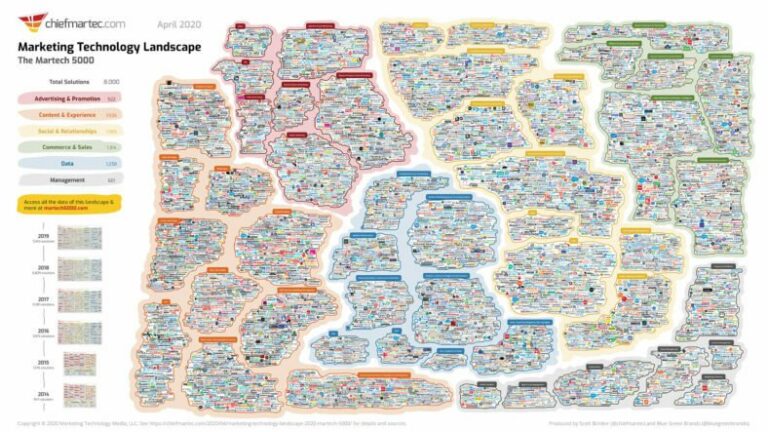This may seem quite forward, especially if this is the first time we’re meeting but… could you please do me a favour? I’m going to ask you a few questions; you don’t need to answer them out loud and you don’t even need to tell me the answers, but I’d appreciate it if you gave them some thought and are honest with yourself when answering them. Okay, here goes…
Think about a bad experience you’ve had as a customer:
- Why was it bad?
- How did it make you feel?
- What impression did it leave?
Now think about a good experience you’ve had as a customer:
- Why was it good?
- How did it make you feel?
- What impression did it leave?
Which of these questions was easier for you to answer?

Image source: Andrew Mager via Flickr cc
”It takes 20 years to build a reputation and 5 minutes to ruin it. If you think about that, you’ll do things differently”
– Warren Buffet
These are questions I ask every single new member of staff who joins our ThoughtShift community because I believe both good and bad impressions can last a lifetime and often influence our expectations regarding what we consider to be ‘good customer service’. Every time I ask these questions, I am always both surprised and a little saddened by the responses.
The good, the bad and the ugly; or is it the bad, the ugly and the uglier?
The first question is always the easiest to answer. I never witness any hesitation from my colleagues; they are always ready and willing to share their bad experiences. Ask your friends/colleagues/peers the same question and I’m sure you’ll uncover a similar result. We are a generation who loves to vent and share our misfortunes.

Image source: Pixabay
Sometimes just over a drink with friends and sometimes very publicly (any of you been on the receiving end of a social media brand bashing or been the ‘basher’)?
Regardless of how you approach having been on the receiving end of a bad customer experience; something I take the time to point out to my colleagues is that they have just had absolutely no problem sharing in a room full of people, their bad experiences (some of them revel in it and often, are still dissatisfied and rather angry at the culprit, regardless of the time that has passed). That’s a number of people whose opinions they may have just changed regarding a brand or supplier, just from one conversation.
Now, how easy was it for you to answer the second question?
Let me ask you this; was your good experience a bad experience which had been resolved to ultimately leave a good impression? Or was it genuinely a good experience from start to finish?
For my colleagues, it’s often the former over the latter. This is then when I ask them, ‘what makes a good customer experience and ultimately, good customer service?’ They never seem to consider a seamless customer experience, a good or positive experience. For example, they may have visited their local supermarket that week and found everything they wanted with no hassle. They may not have had to queue and all in all, it was likely to have been a seamless and pleasant experience. Alternatively, they may have purchased an item online which they managed to do without a hitch. The item arrived on time and it was a purchase they decided to keep.
My point-why are these experiences forgotten about? If they don’t appear to be going the extra mile to rectify a bad situation, should they be considered unsatisfactory or forgotten about entirely?
Why am I asking all these questions? What does it have to do with digital marketing?
In all honesty they have absolutely nothing to do with the practice of digital marketing BUT they have plenty to do with your choice to stay with your digital marketing agency.
We know clients seeking digital marketing services understand the need for an agency, we can tell this from the types of search queries you type into a search engine to find one and the fact you are looking for one in the first place. That said, clients also understand when it’s time to move on from their existing agency because ultimately, most of the time what motivates them to switch is that they are ‘unhappy’.

Image source: Nicki Dugan Pogue via Flickr cc
In my experience, the most common pain points I hear of from people searching for a new digital marketing agency are regarding communication rather than results and the conversations typically sound like:
- “We never knew what they were doing”
- “We never heard from them”
- “They weren’t proactive – we were always chasing”
None of those pain points are “they didn’t deliver results”. That doesn’t mean to say results aren’t important, of course they are, but is an agency demonstrating value in results alone if you don’t understand them?
It’s true that communication alone won’t increase your eCommerce revenue; I’ve yet to see a digital marketing strategy merely executed from communication (unless you are one excellent dictator). However, good communication builds relationships and builds trust. Does that make for good customer service?
If you type into Google ‘What makes good customer service’, there are over 83 million results and on average, 720 exact match searches per month in the UK. The following definition appears:
“The key to good customer service is building good relationships with your customers. Thanking the customer and promoting a positive, helpful and friendly environment will ensure they leave with a great impression. A happy customer will return often and is likely to spend more.”
I ask our team these questions because I really do believe building a good relationship with our clients is key to ThoughtShift delivering good customer service. Also…
Word of mouth is a powerful thing
Ambassador cites survey results from BrightLocal which concluded that 72% of those surveyed said reading positive customer reviews increase their trust in a business but that it takes on average 2-6 reviews to get 56% of them to this point.
The results of a good relationship…
We feel passionately about building positive relationships with all of our clients. When reviewing our client satisfaction survey results for Q1 in 2016 (Jan – Mar) on a scale of 1-5 stars (1 star being the lowest and 5 stars being the highest), we received 4 and 5 star responses only giving us an average star rating of 4.6 out of 5, with 60% of those surveyed rating their relationship with ThoughtShift as ‘5 stars’. When asked how likely they are to recommend ThoughtShift (scaling from 1 to 10 with 10 being the highest recommendation rating), our avg. response was 9 out of 10.

Image source: Pixabay
Whilst you might take the opportunity to now highlight that these responses aren’t 100%, 5 stars or 10 out of 10, I’ll take this opportunity to explain why this is absolutely fine. As far as I am concerned, a good relationship requires honesty and as long as our clients are transparent with us, we can be honest and transparent with them. Honest feedback gives us something to learn from and develop with. I’d say these results tell me we’ve got good relationships with our existing clients which we can continue to strengthen, and this might be why we achieved 99% client retention in Q1.
Follow my contributions to the blog to find out more about the client love ThoughtShift has to offer and digital marketing happiness, or sign up to our monthly newsletter to keep up-to-date on all our blogposts, guides and events.






